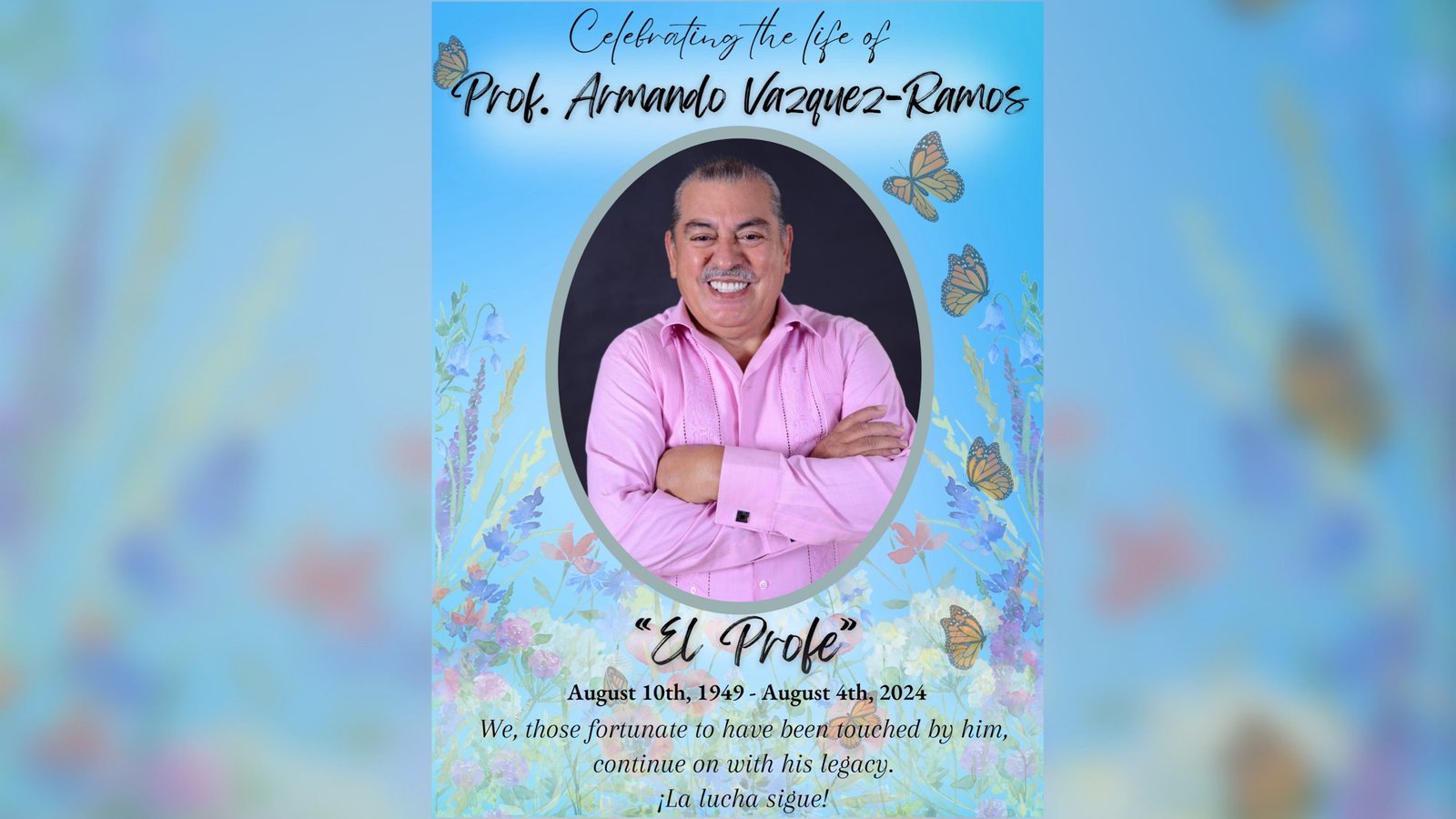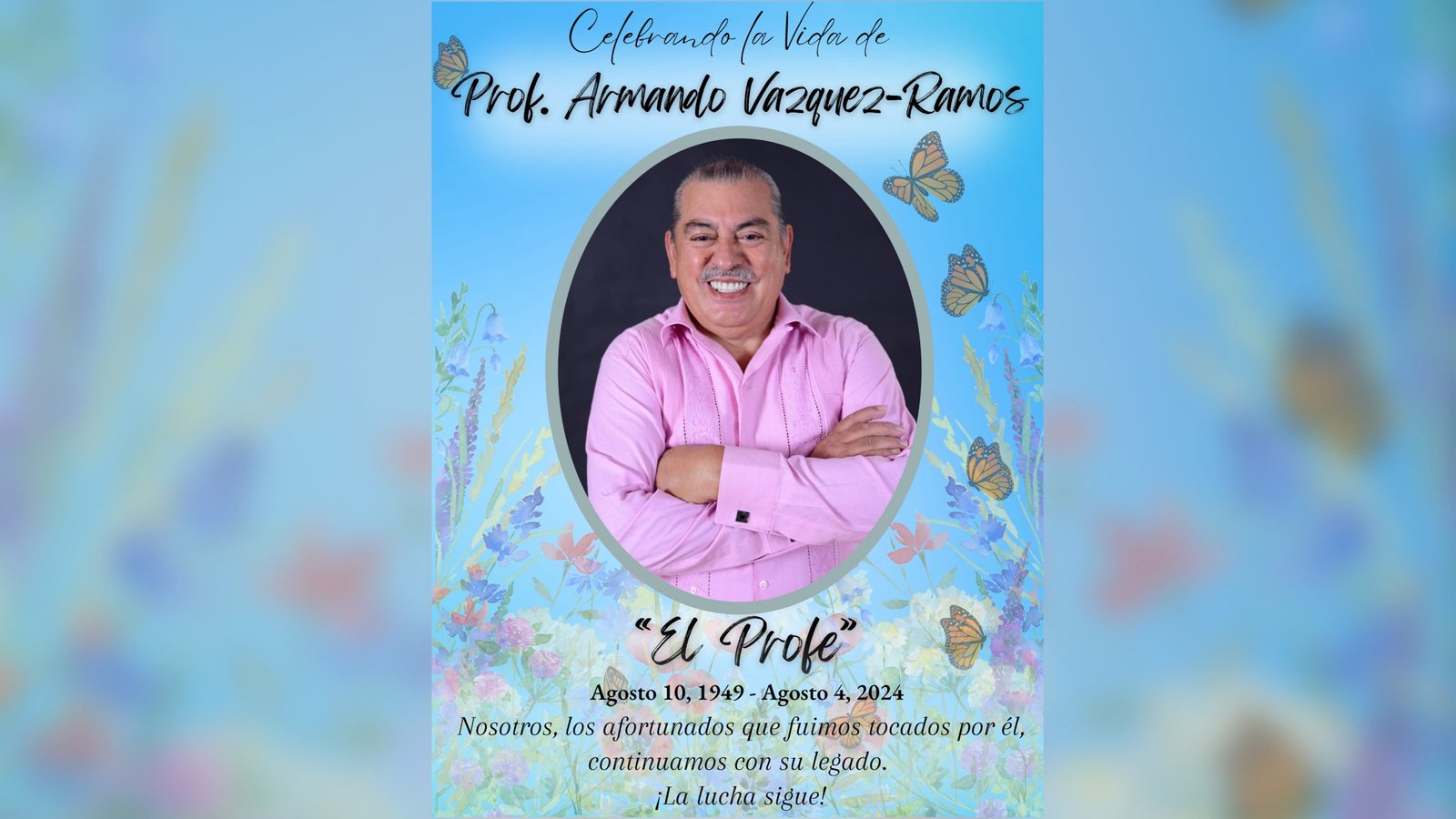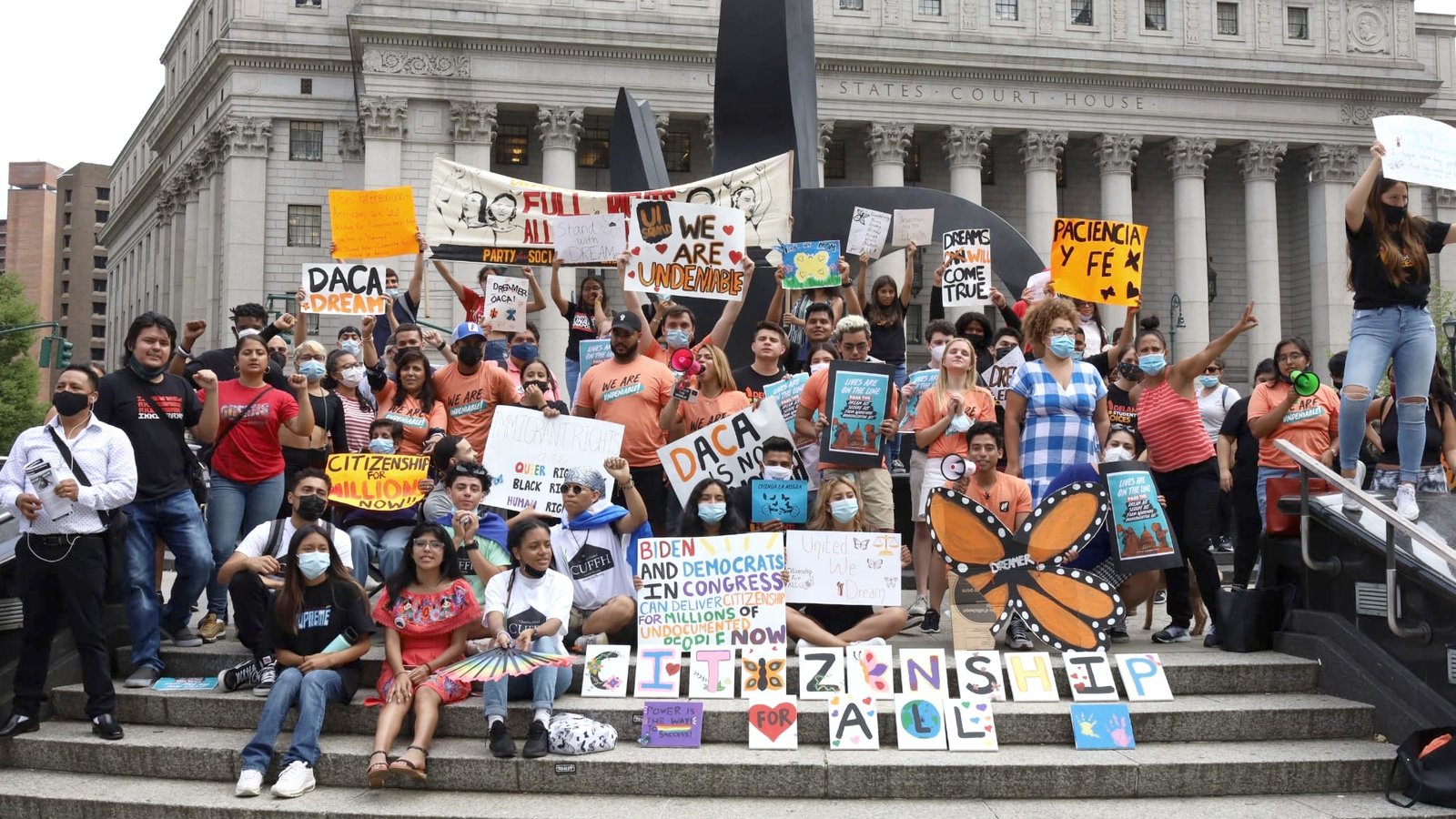Photo credit: Photo by Scott Varley, Daily Breeze/SCNG. Dr. Seiji Steimetz, the chairman of the CSULB economics department, leads a discussion with about 150 people attending the first Latino Economic Summit at the Long Beach Convention Center on Tuesday, Nov. 13, 2018. The city unveiled the first Latino Economic Impact Profile Report and attendees gathered to discuss the report and how much the Latino population contributes to the regional economy.
By Hailey Munguia ~ Press-Telegram ~ November 13, 2018
Latinos make up nearly half of Long Beach’s population — and that number is only growing. The way the city sees it, it’s about time to start focusing on what that could mean for the local economy.
That was the thinking behind Long Beach’s first ever Latino Economic Summit, held Tuesday, Nov.
About 150 people convened at the Long Beach Convention Center for the event, where the Latino advocacy nonprofit Centro CHA and Cal State Long Beach partnered to present the Long Beach Latino Economic Profile and Impact Report. The aim of the research project is to serve as a jumping off point for further conversations about how to better support Latinos in the city.
About 150 people attend the first Latino Economic Summit at the Long Beach Convention Center on Tuesday, Nov. 13, 2018. The city unveiled the first Latino Economic Impact Profile Report and attendees gathered to discuss the report and how much the Latino population contributes to the regional economy. (Photo by Scott Varley, Daily Breeze/SCNG)
The report focused on a slew of data points about Long Beach’s Latino community, including educational attainment, employment, income, poverty levels, health — and, yes, its economic impact.
Some of its findings included:
- The percentage of Latino children in Long Beach who were born outside the U.S. has declined by 57 percent over the last decade. Right now, only 3 percent of Latinos in Long Beach who are under 18 were not born in the country.
- The share of Long Beach Latinos who are older than 24 with a high school diploma has increased by 15.4 percent over the last decade, compared to a 2.6 percent increase for all other Long Beach residents in the same age group.
- About 69 percent of the city’s Latinos are participating in the labor force, compared to 65 percent of all other working-age Long Beach residents.
- Despite a higher labor force participation rate, about 21 percent of Latino families live in poverty, compared to 9 percent of all other Long Beach families.
- About 9 percent of Latino seniors are uninsured, compared to 0.4 percent of all other seniors. Presenter Seiji Steimetz, chairman of the CSULB economics department, noted that with Medicaid, the number of uninsured seniors should be miniscule across the board.
- Long Beach Latinos create about $33 billion in economic activity every year, supporting nearly 80,000 additional jobs.
Mayor Robert Garcia gave the keynote speech for Tuesday’s event, and he emphasized that the report pointed to both reasons for optimism and areas where more progress is needed.
“As a community, when you are 44 percent of the population according to this study, and growing, that’s an immense amount of responsibility that we have,” Garcia said. “I want to be very clear: If Latinos do not succeed in Long Beach over the course of these next 20 to 30 years, the city of Long Beach will not succeed.”
As for what that means for the types of policies Long Beach might pursue, Executive Director of CSULB’s Center for Community Engagement Juan Benitez, who hosted the summit, said the process for determining that has just begun.
“We really want this data and work to be used in terms of sparking conversations around our policy implications, not just for Latinos but for all our underserved communities here in Long Beach,” Benitez said.
Tuesday’s event was just the first of many planned conversations throughout the city, he said. The partners behind the report will also conduct yearly updates to keep the information — and the policies it will inform — as fresh as possible.
“This is just the beginning of that conversation,” Benitez said.
Source: Hailey Munguia ~ Press-Telegram ~ November 13, 2018







